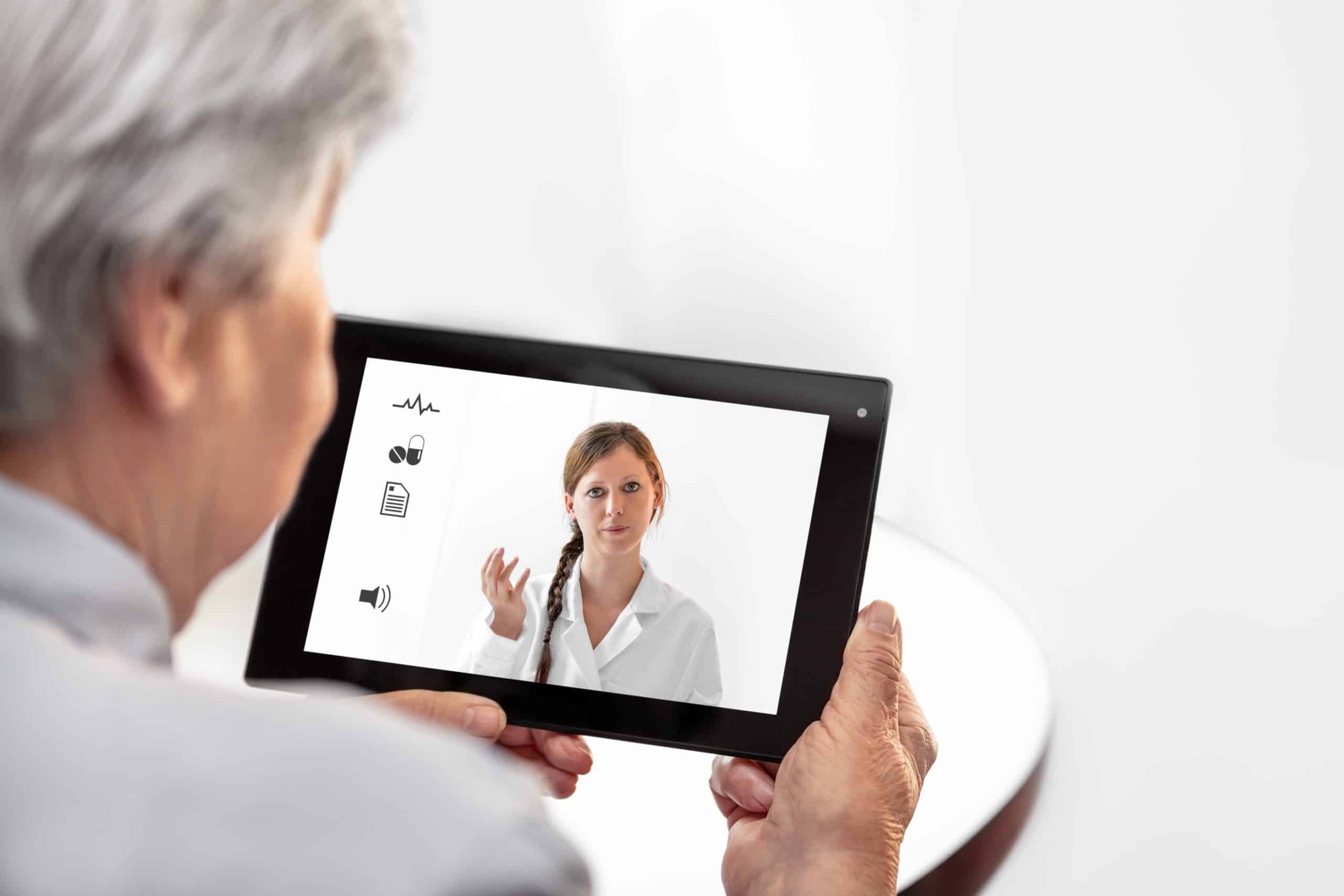 Medical Group Management Association (MGMA) says the top performing medical practices in the nation have consistent best practices that can be both measured and replicated. In their 2018 report called “Winning Strategies from Top Medical Groups,” they share research gleaned from a nationwide research pool of medical practices in every specialty.
Medical Group Management Association (MGMA) says the top performing medical practices in the nation have consistent best practices that can be both measured and replicated. In their 2018 report called “Winning Strategies from Top Medical Groups,” they share research gleaned from a nationwide research pool of medical practices in every specialty.
Their goal, as in past years, was to pinpoint how the best performing practices achieved their goals. The research showed that the best performing practices, “See technology as a tool that, if used well, can help them streamline operations, improve communication, boost patient engagement and compliance, and deliver better insights.”
This article will look at the results of the MGMA research and how telehealth technology helps medical practices become “better performing.”
MGMA Says Technology a Feature of Best Performing Practices
 “Technology was the biggest component of the operations-focused business strategy, MGMA reported. The medical groups and practices viewed health IT tools as the means to streamline operations, enhance communication, improve patient engagement, and glean better insights.”
“Technology was the biggest component of the operations-focused business strategy, MGMA reported. The medical groups and practices viewed health IT tools as the means to streamline operations, enhance communication, improve patient engagement, and glean better insights.”
2018 MGMA DataDive Better Performers report
MGMA worked to gather data this year from 3,085 medical groups that were selected as top performing in one or more categories, including operations, productivity, profitability, and value.
The goal was to identify best practices that can be extrapolated, analyzed, and recreated to help other medical practices improve their performance. An MGMA press release on the data gathered found that there were three primary ways the best performing American medical practices set themselves apart from their peers:
- Build patient-centric engaging cultures.
Communication between patient and provider was one of the high-points of the report. The MGMA data suggested that the best performing practices engage patients by frequently polling patient satisfaction, then sharing the results with staff in a transparent attempt to improve the organization. MGMA pointed out these efforts, “Empower the entire staff to identify opportunities for improvement.” - Emphasize strategies to achieve goals.
The best performing practices have the vision to create long-term goals while still managing daily practice operations. They revisit these strategies frequently, revamping tactics. To do this, MGMA suggested they invested in high-quality business analytics tools. - Actively work to improve operations by using technology.
MGMA suggests that technology is being used in the best performing practices to improve operations. The data suggest that technology is being used as a performance improvement tool for patient engagement, compliance, business analytics, and performance benchmarking.
Why does all this matter? MGMA says these practices have higher productivity, lower costs, and higher income per patient. They also suggest patient wait times are shorter by an average of 7.5 minutes when compared to industry averages.
Ken Hertz from the MGMA was quoted as saying, “When practices invest in improving their business, patients are more efficiently served, increasing patient satisfaction and health outcomes, and improving patient retention rates.”
Better Performing Practices with Telehealth Technology
What’s clear from the report is that the best performing medical practices leverage technology resources to improve. Given that telehealth technology applications are now widely used by hospitals and expanding in the medical practice, it’s anticipated that top practices would likely consider the virtual visit in the near future.
There were two takeaways from the MGMA report that are particularly relevant to the application of telehealth in a practice:
- Patient experience and satisfaction.
- Leveraging technology to improve operations.
How can telehealth help in both of these areas?
Patient satisfaction scores remain very high with the Ortholive telehealth app. After using the application just once, 87% of patients would use the app again. Similar metrics have repeated in a variety of clinical studies:
- Patients were already clamoring for telehealth three years ago when a Harris poll stated the majority of patients would be willing to try a virtual visit.
- In 2016, a study of CVS Minute Clinics found between 94 and 99% of patients were very satisfied with their telehealth visit.
- HealthTech reported on the Cleveland Clinic’s innovative telehealth program. The telemedicine program improves access to care and the patient experience as well as retention, according to patient satisfaction surveys.
- The Nemours/Alfred I. duPoint Hospital for Children did a study that showed 98% of the patients that had a telehealth visit said they’d recommend the service.
Accenture recently released their 2018 Consumer Survey on Digital Health. In it, they pointed out some of the reasons consumers are so pleased with the telehealth virtual visit:
- 54% said it reduced patient costs.
- 49% said telehealth better accommodated patient schedules.
- 64% said it provided better care to patients.
- 50% said they felt more engaged in their healthcare decisions.
- 43% said they received faster care and 45% said their problems were diagnosed more quickly.
But how can practices that leverage telehealth technology improve practice operations, another important finding in the MGMA survey?
According to the studies, patient outcomes improve with telehealth along with increased operational efficiencies. We’ve found the operational benefits of telehealth to include:
- A decrease in patient wait times, which improves patient satisfaction scores.
- Practices that leverage telehealth can increase patient volumes while shortening the length of visit and patient wait times.
- Practices also see a reduction in costly no-shows.
All of these outcomes contribute to the medical practice bottom line, something that is clearly important to the practices in the MGMA study. The University of Pittsburgh Medical Center conducted a study on their telehealth program and found that $86.64 per patient is saved when care is given virtually instead of on-site. The same study suggested that 40% of their patients would skip treatment if they didn’t have access to the virtual visit.
Making Your Practice Top Performing
It’s clear that telehealth technology could be a strong part of any top performing medical practice. OrthoLive has the technology for orthopedic practices to leverage to extend care while cutting costs. Our customizable app is fully-HIPAA compliant and simple to use for both doctor and patient. If your practice is ready to up the ante on technology that improves outcomes, contact us for a free demo of the OrthoLive application.



